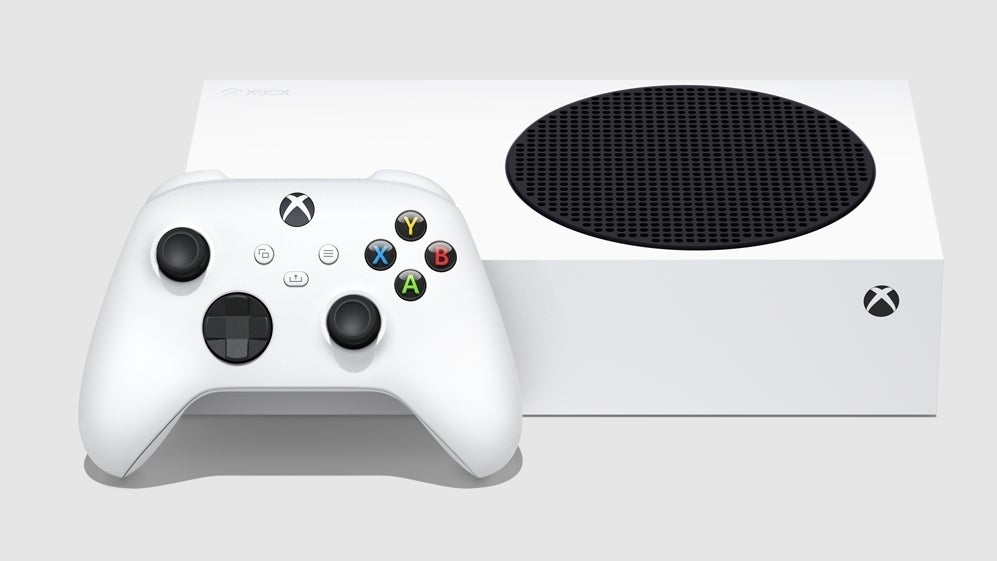Some might say that Xbox Series S is the anti-Digital Foundry console. Out of the gate, its mission statement is specifically to deliver the state of the art in its visual presentation. Instead, the pitch is something very different – to enable next-generation gaming without having to shell out $500/£450 to indulge your hobby. Combined with Xbox All-Access, or as a standalone purchase with the value-rific Xbox Game Pass, it’s a machine designed to enable access to the games of today tomorrow without having to wait a couple of years for the latest and greatest console hardware to drop in price – something that Microsoft says may not happen anyway.
Series S delivers exactly what it sets out to achieve, but it’s not an anti-DF machine, far from it. It’s beautifully designed, irresistible in the flesh, and in a world of economic uncertainty and an increased drive towards sustainability, it’s the most affordable and efficient next-generation machine. It certainly has its drawbacks, but it achieves what it sets out to and it does it with genuine style.
That starts with the packaging, which is attractive on the outside and does a nice job of presenting your new machine to you on the inside – a neatly wrapped console-sized parcel in the centre, accessories at the top: the same HDMI 2.1 spec display cable as Series X and a white version of the newly refined controller, plus a couple of AA batteries. Set-up is simple, made even easier by the Xbox smartphone app that interfaces with the console and takes you through all of the required inputs as the system software updates on the machine itself – a process that still seems too long and involved, and the single biggest lag factor Microsoft has not removed in the transition from one generation to the next.
Once the system has updated, it’s clear to see that Series S has the same zip as its bigger brother – which is not surprising bearing in mind that both feature Zen 2 CPU clusters and NVMe solid-state storage, rated at 2.4GB/s of sequential read bandwidth. The quality of life improvements offered by Xbox Series S over its predecessors can’t be understated: as I write this review, I’m attempting to copy over Gears 5 from an external SSD to the internal drive of an Xbox One X to finish off the power consumption table below – and the general slowdown and lag is truly poor. What rankles the most is pressing a button to select an option then waiting seconds for any kind of response. The Series consoles are such a huge improvement here, and that extends to all areas of the user interface. The 1080p dash is also effectively identical in terms of look and feel to Series X , and that extends to display outputs: this may be a machine better suited to 1080p and 1440p gaming, but you still get 4K 120Hz HDR output options, and the same 4K encoding media block as Series X.
All of which leads us – inevitably – to the specs comparison and the question of economics. Series S features the same Zen 2 CPU core as Series X, running with a 200MHz deficit, which Microsoft told us is mostly about product differentiation, but does feel like a cut that need not have been made. The GPU is also of the same class as Series X, simply smaller. The premium product’s 52 AMD RDNA 2 compute units shrink down to just 20, with clocks reduced too, giving us 4TF of GPU compute up against the 12.2TF of the bigger machine. Memory allocation drops from 16GB down to 10GB, with eight gigs available to titles (vs 13.5GB on Series X). Memory bandwidth is also squeezed significantly, with 560GB/s on X cut back to 224GB/s on the S.
